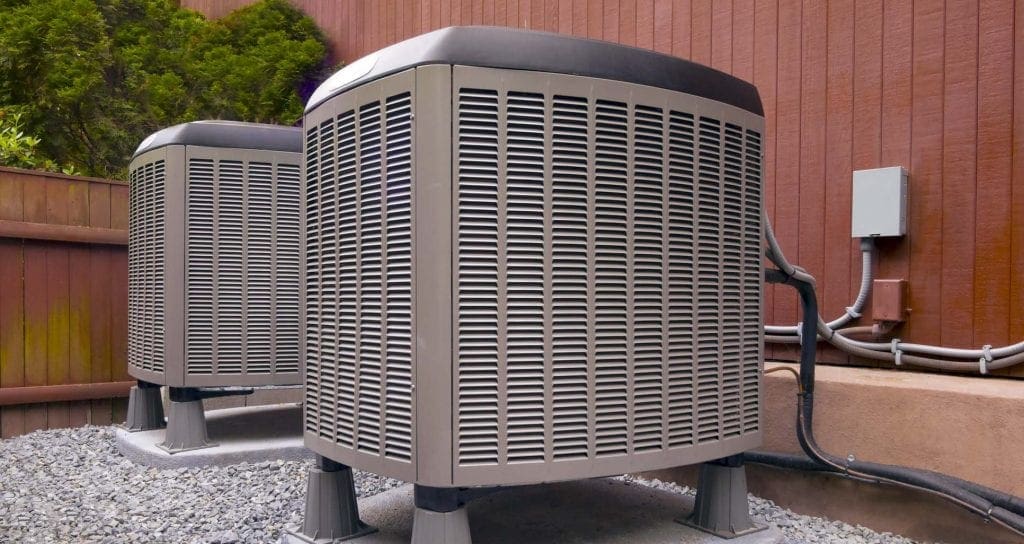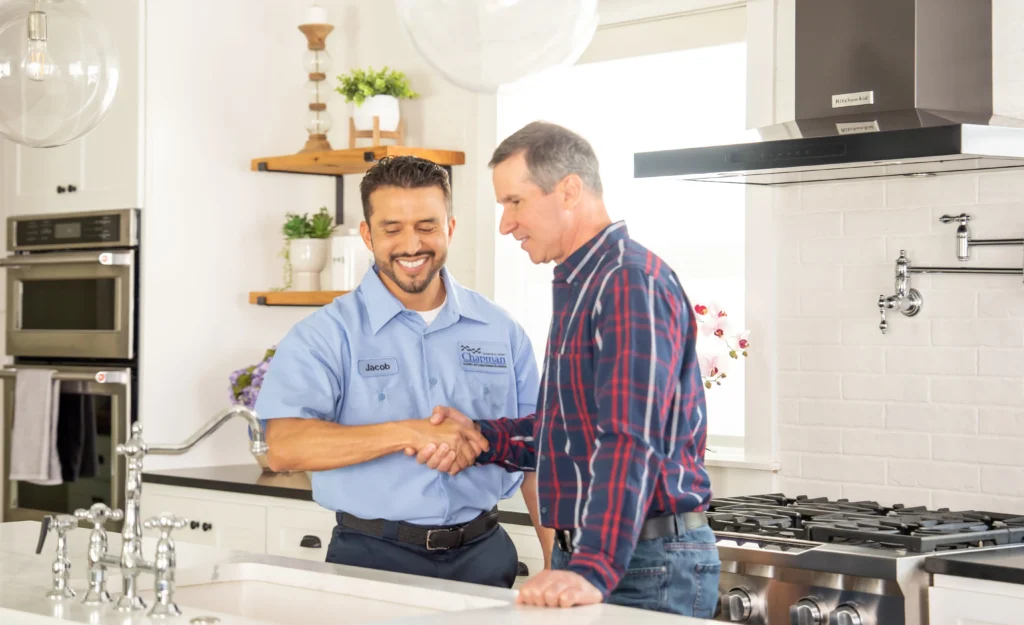
How to Finance a New HVAC System: Explore Options for Every Budget

Replacing your HVAC system can feel overwhelming; figuring out how to cover the costs adds even more stress. While you may have some savings set aside, it’s likely that you’ll need to explore HVAC financing options to help manage the expense effectively.
So, what’s the best way to finance a new HVAC system? We’re here to help you determine the right options for you.
What is HVAC Financing?
HVAC financing is a type of unsecured personal loan used specifically to purchase or replace a new air conditioner or heating system. Those who are approved receive the HVAC loan amount in a lump sum and typically repay it over a period of one to seven years. Loan amounts can range from $1,000 to $100,000, with APRs between 6% and 36%.
To qualify for HVAC financing, applicants should have a stable income, a low amount of debt, and an acceptable credit score for favorable loan terms. Try to pay for your new system with as much out-of-pocket funds as you can. The higher the amount borrowed, the higher you’ll pay in interest during the loan’s life.
Flexible HVAC Financing Options to Fit Your Budget
There are several ways to finance your system replacement — whether you’re upgrading a central air unit, furnace, heat pump, or your full heating and cooling setup.
With each, you can maximize your down payment to lower the loan amount or credit card balance. Reduce monthly payments by making additional principal payments when it’s feasible.
Let’s take a look at these HVAC financing options and the important features for each:
Personal Loans
Personal loans offer fixed monthly payments and often don’t require collateral to borrow funds for your new HVAC system.
Things to Consider
- Personal HVAC loans are better for larger expenses
- Make sure to compare APRs and fees
- Understand the repayment term agreement
- Check how long the funding time takes
Home Equity Loans
Home equity loans offer an HVAC financing option for homeowners who have accumulated substantial equity in their properties. Essentially functioning as a second mortgage, these loans allow you to tap into that value since lenders use your home as collateral.
Things to Consider
- Compare interest rates and terms from your mortgage lenders to those of others
- Those with a high income-to-debt ratio could disqualify you
- You may have to pay for closing costs and other fees
- Defaulting on the loan could lead to the lender foreclosing on your home
Home Equity Line of Credit (HELOC)
Home equity line of credit, also known as HELOC, is similar to a home equity loan as it allows you to tap into your home equity. The difference is that HELOCs have monthly payments that can vary over time.
Things to Consider
- There are variable interest rates
- Market fluctuations can affect your equity
- Defaulting could lead to foreclosure
- Most ideal for homeowners with strong equity and stable income
Credit Card
Credit cards are a convenient option for HVAC financing. However, credit cards often come with high interest rates, making them one of the more expensive options available.
Things to Consider
- High interest rates could lead to accumulating charges
- Debt accumulation or missed payments can impact your credit score
- Risk of accumulating debt
- Limited or variable repayment terms can be more challenging to manage
Financing Through an HVAC Company
Sometimes, the best way to finance a new HVAC system is through the HVAC companies themselves. They often provide promotional rates, deferred interest, and customized plans to meet the needs of those interested in HVAC financing with bad credit.
At Chapman Heating, Air Conditioning, Plumbing & Electrical, we offer flexible HVAC financing options for a variety of our heating and air conditioning services, including furnace replacement, emergency AC repairs, and more. We partner with trusted lender GreenSky, which allows for low monthly payments so you don’t have to take the brunt of the upfront cost for many of our HVAC services.
Government Grants That Help Cover Home Repairs in Indianapolis
Indianapolis area homeowners can also utilize government grants as a resource to help cover home repairs. The Homeowner Repair Program helps income-qualified citizens in Indianapolis who own and live in their homes receive assistance for their homes’ safety and well-being.
Eligible repairs under this program include AC units, furnaces, roofs, windows, siding, plumbing, electrical, and more. Once approved, projects are provided at no upfront cost. A lien will be placed on the home, which will be interest-free and payment-free for 30 years. If the homeowner remains in the house for 30 years, the lien is forgiven.
Emergency repair situations—such as no heat in the winter, sewage backups, and a lack of water due to repair problems—may require the Home Repair Team to connect the homeowner with a trusted partner and a non-governmental agency.
Requirements to Apply for the Homeowner Repair Program
To apply for the homeowner repair program, you must:
- Be the owner recorded for the home and live in the home as your primary residence
- If applicable, be current on your mortgage payments
- Be current on property tax payments
- Be income-qualified

Proudly Helping Central Indiana Homeowners Finance Comfort
If you’re a central Indiana homeowner looking to upgrade or replace your current HVAC system, don’t let the upfront cost steer you away—Chapman has you covered.
Our team offers flexible HVAC financing plans with low monthly payments to make sure you’re acquiring the services you need without compromising your budget. We know how to finance heating and cooling systems and will guide you through your options until we’ve identified the best way to finance a new HVAC system.
Let Chapman Heating, Air Conditioning, Plumbing & Electrical help you find the right financing plan for your home comfort needs. Call us at (317) 207-9378 or reach out online today — we’re here to make comfort affordable.








